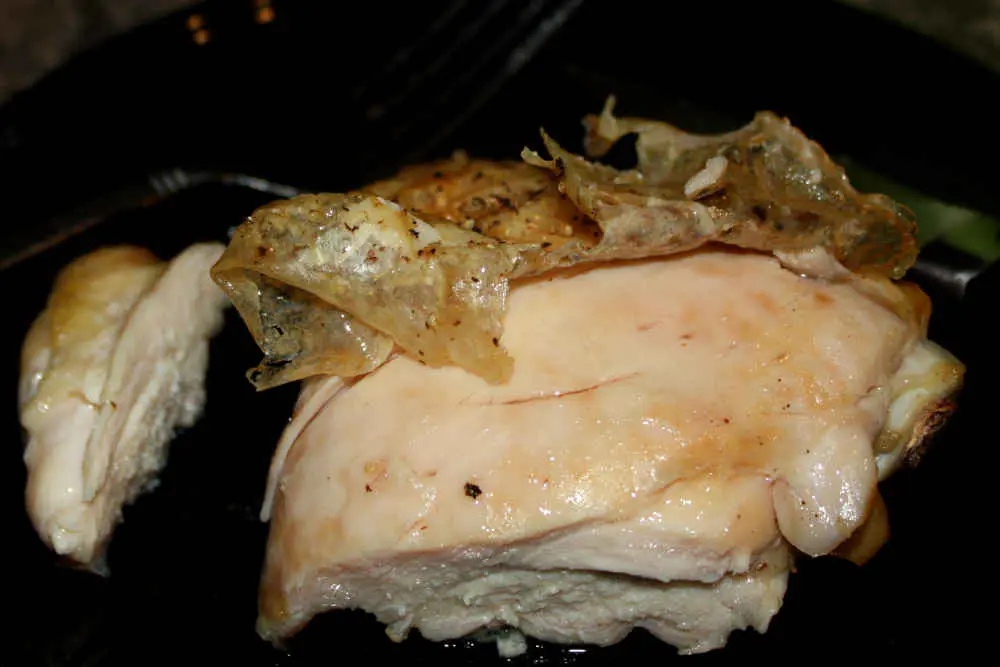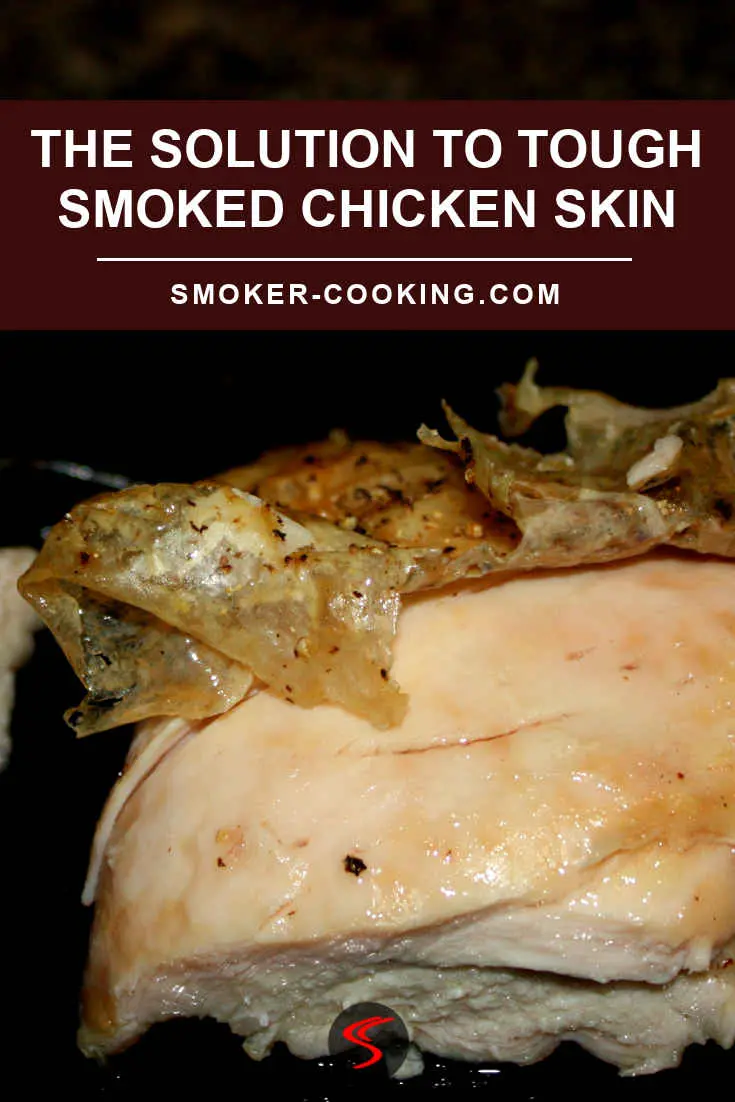Smoking chicken is a delicious way to infuse it with smoky flavors and create a tender and juicy meat. However, one common issue that many people face when smoking chicken is ending up with tough and rubbery skin. In this article, we will explore the reasons behind tough skin on smoked chicken and provide some solutions to help you achieve that perfect crispy skin.

Why is the chicken skin hard?
There are a few factors that can contribute to tough skin on smoked chicken. Firstly, spraying the skin with oil or apple juice is not recommended. Chicken skin already contains enough fat, so adding more will prevent it from rendering out the unwanted fat and other tissues, resulting in a lack of crispiness.
Another factor is the cooking temperature. Low heat combined with smoke can lead to rubbery and tough skin. While low and slow cooking is popular for many barbecue dishes, it is not ideal for chicken if you want crispy skin. Instead, try cooking chicken in the 325°F range for better skin texture. You can even start at a lower temperature and then crank up the heat towards the end to achieve that desired crispiness.
Lastly, ensuring that the surface of the skin is dry and lightly salted before putting it on the smoker can also improve the texture of the skin. This helps remove excess moisture from the skin, allowing it to crisp up better during the smoking process.
Solutions for achieving crispy skin
Now that we understand the reasons behind tough skin on smoked chicken, let's discuss some solutions to help you achieve that crispy and flavorful skin.
Skip the oil/apple juice spray
As mentioned earlier, there is no need to spray the chicken skin with oil or apple juice. The natural fat in the skin is sufficient. Avoiding the spray will allow the fat to render out and contribute to a crispier texture.
Increase the cooking temperature
Instead of cooking chicken at low temperatures, try increasing the heat to around 325°F. This higher temperature will help to render out the fat and result in a crispier skin. You can also start at a lower temperature and then finish off at a higher temperature to achieve the desired texture.

Dry and salt the skin
Before placing the chicken on the smoker, make sure the skin is dry. Pat it with a paper towel to remove any excess moisture. Lightly salt the skin to enhance its flavor and help with the crisping process.
By following these tips, you can improve the texture of the skin on your smoked chicken and achieve that perfect crispy bite. Remember, smoking chicken is all about finding the right balance of flavors and textures, and with a little practice, you'll be able to master the art of smoking chicken with crispy skin.
- Q: Can I use other oils instead of spraying with oil?
- Q: How long should I cook the chicken at 325°F?
- Q: Can I use a marinade or rub on the chicken?
A: It is best to avoid using additional oils on the chicken skin. The natural fat in the skin is sufficient for rendering and crisping.
A: The cooking time will depend on the size and type of chicken. It is recommended to use a meat thermometer to ensure the chicken reaches an internal temperature of 165°F.
A: Yes, you can use marinades or rubs to add flavor to the chicken. Just make sure to pat the skin dry before applying them to avoid excess moisture.
Summary
Tough skin on smoked chicken can be a common issue, but with the right techniques, you can achieve that crispy and delicious skin. Avoid spraying the skin with oil, increase the cooking temperature, and ensure the skin is dry and lightly salted before smoking. By following these tips, you'll be able to enjoy perfectly smoked chicken with crispy skin every time.
If you want to know other articles similar to Troubleshooting tough skin on smoked chicken: tips for crispy results you can visit the Smoking category.


Related Articles